What Theories Explain the End of the Cold War
In the Third World the Cold War was fought in actual combat with millions of lost lives the vast majority civilian. Neorealisms relationship to the end of the Cold War can also be understood with the metaphor of quantum mechanical tunneling of a particle in a potential well.
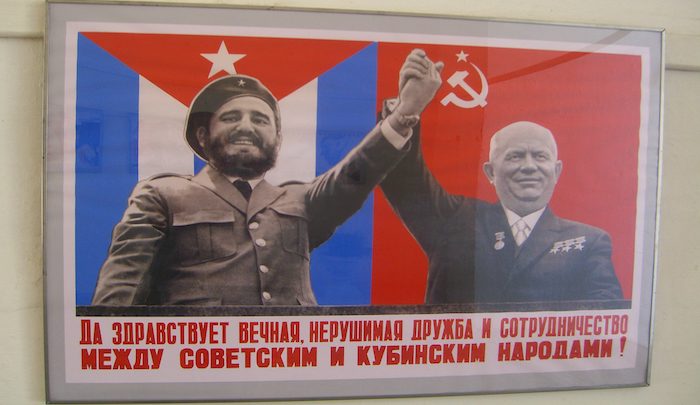
Social Constructivism Vs Neorealism In Analysing The Cold War
In 1945 English writer George Orwell first used the term cold war in a published.

. The theory of realism can explain the Cold War if the Cold War itself is considered to be the end of an era of political and international relations theory the closing of a chapter if you will as the wave of new-found cooperation between post-war allies with the sole intention of pursuing mutually beneficial economic development embodied by the European Union. The alliance behaviors of states. End of the Cold War William C.
The theory that Mikhail Gorbachev and Ronald Reagan played a central role in ending the Cold War has been put forth by Liberal theorists. In the early Cold War communism and the Soviet Union had a. And Janice Gross Stein Political Learning by Doing.
For attempts at such explanations see Richard Ned Lebow When Do Leaders Initiate Conciliatory Policies in Lebow and Risse-Kappen International Relations Theory and the End of the Cold War. Wohlforth iNlodern realism began as a reaction to the breakdown of the post-World War I international order in the 1930s. Secretary Shultz Takes Charge.
Democrats argued that containment of communism was a bipartisan policy for 45 years begun by the Democrat Harry Truman. The Cold War came to an end with the collapse of Communist parties rule in Eastern Europe and the Soviet Union and the disintegration of the Soviet Union. It will then conclude that social constructivism is most convincing in explaining the Cold War.
Human rights ideas and the end of the Cold War One of the key ideas caused changes in Soviet domestic and foreign policy under Gorbachev is that of human rights. Ultimately the deepest causes of Soviet collapse were the decline of communist ideology and the failure of the Soviet economy. Morgenthau put forward the first comprehensive modern theory of inter-national relations-and the one from which most subsequent theories in that field have evolved-in his 1948 book Politics among Nations.
The President and Secretary Haig. The Struggle for Power and. The end of the Cold War was one of the events which clearly indicated the improbability of international relations as the dissolution of the Soviet Union shocked everyone despite the apparent failures of communism for years.
Second it will assess if neorealisms or social constructivisms core arguments can better explain three important dynamics of the Cold War namely bipolarity. As the Cold War intensified the United States developed new foreign policies including the domino theory which became a foundation of American foreign policy. The World in 1981.
And the end of the Cold War. The Cold War was caused by the Soviet Union aggressively spreading CommunismSocialism. Both Gorbachev and Reagan played major roles in ending the Cold War.
State failures and the geopolitical disorder that followed were born out of policies generated by reified thinking as to what constitutes material threats in a world order transfigured by the end of the Cold War. Republicans were quick to claim credit for winning the Cold War. Although ideas belong to constructivist approach Gorbachevs desire and readiness to respect and promote human rights can also be explained by realist approach.
The Non-Aligned Movement also had a note in the process that brought the Cold War finally to end. The Communist government in Russia disintegrated due to economic pressures the war in Afghanistan and revolt in Eastern Europe. Management Fails the Department.
This would have happened even without Gorbachev. The Cold War was never cold for those who experienced the Korean War the Vietnam War and the many other conflicts around the world especially in Asia Africa and Latin America. Theory and the End of the Cold War 7 Hans J.
They believed the military spending policies of the Reagan-Bush years forced the Soviets to the brink of economic collapse. Several political parties tried taking credit for the collapse of the country but there was no one single cause. And the Cold War has yet to end in Korea.
In retrospect the course of the Cold War appears to have been cyclical with both the United States and the USSR. President Reagan through popular belief is seen as the individual that accelerated the process which led to the end of the Cold War. The collapse of great-power cooperation after World War II helped establish it as the dominant approach to the theory and practice of international politics in the United States.
Liberalism as one of the mainstream theories in International Relations contemplated the end of the Cold War as the end of history. The end of the Cold War. Alternating between periods of assertion and relaxation.
Yet Cold War thinking remains the guiding principle when approaching contemporary threats to state and international security alike Jacob 2017 xviii. In the first years after 1945 the United States hastily demobilized its wartime military forces while pursuing universal liberal internationalist solutions to problems of security and. Under the threat of Mutual Assured Destruction MAD the two nuclear powersthe United States since 1945 and the Soviet Union since 1949and military alliances avoided direct confrontations the reason why the term cold is used to describe the conflict.
The Soviet Union created the Cominform basically an organization that forced the countries in the Soviet Unions sphere of influence to adopt identical militarist cultural and economic policies in order to ensure Communism in these countries. The United States in Europe. However they eagerly supported their allies and fought proxy wars.
For example the Korean War from 1950-1953 the Vietnam. Gorbachev as Uncommitted Thinker and Motivated Learner in this issue of International Organization. The Cold War lasted for more than 45 years and it became a major part of the lives of Americans as many people including governmental agencies remained prepared for a violent confrontation with the Soviet Union.
Secretary Haig and the Department. The evolution of the Cold War between the United States and the Soviet Union initiated a new US.
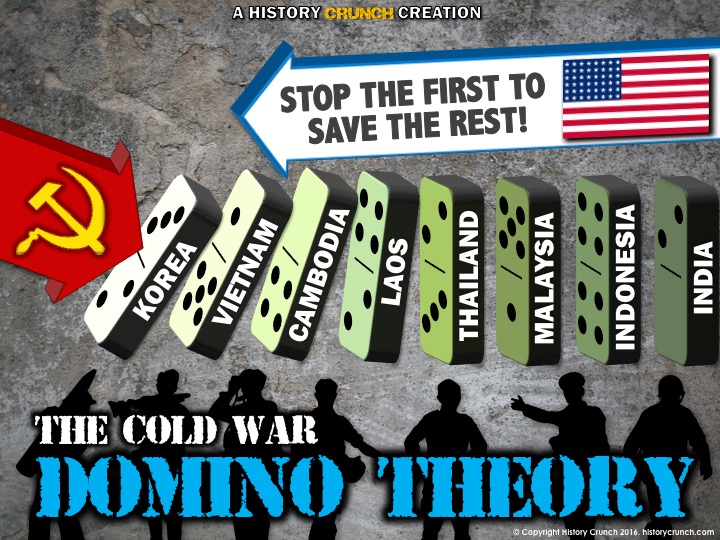
Domino Theory In The Cold War History Crunch History Articles Biographies Infographics Resources And More
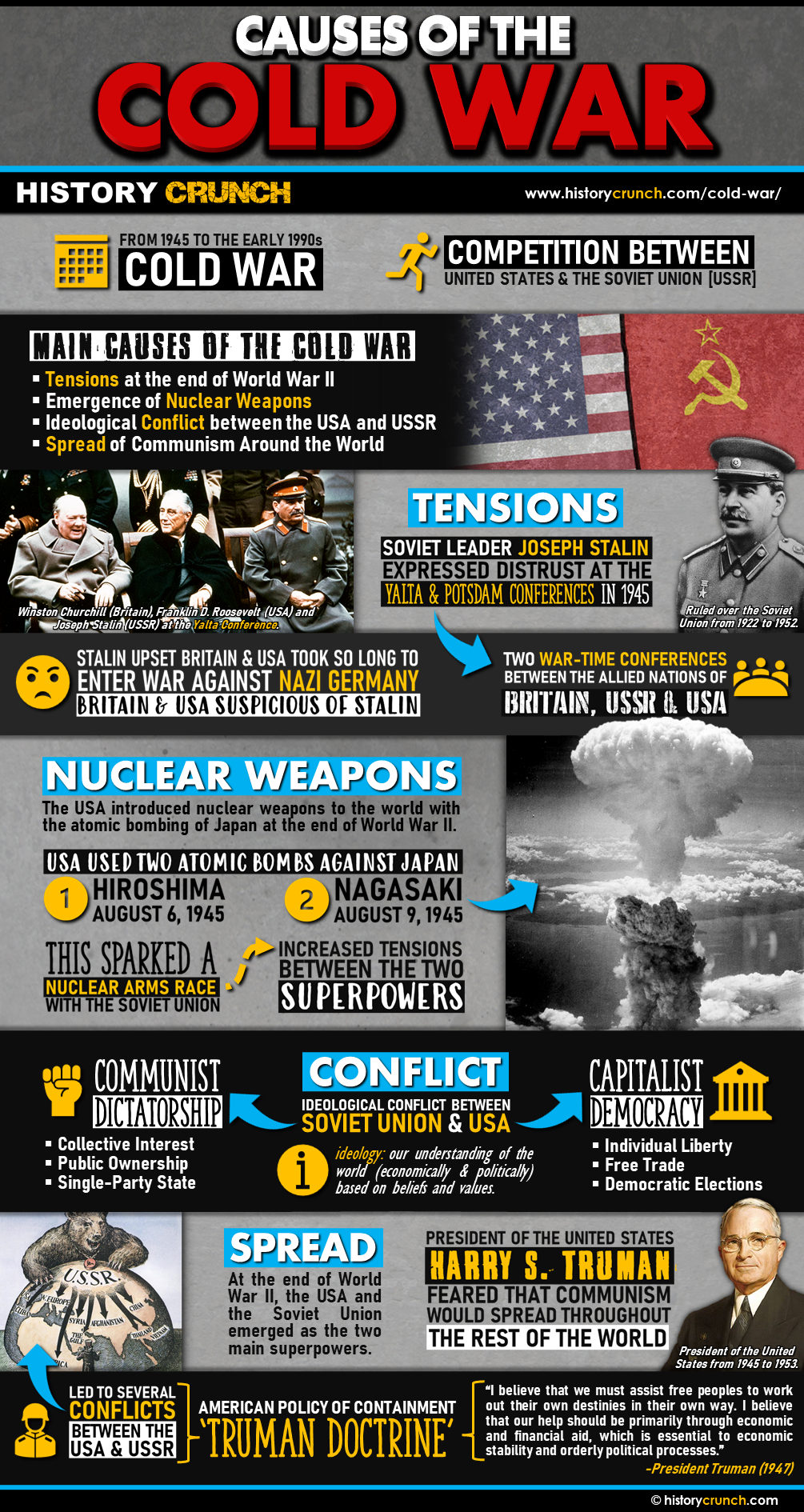
Causes Of The Cold War History Crunch History Articles Biographies Infographics Resources And More
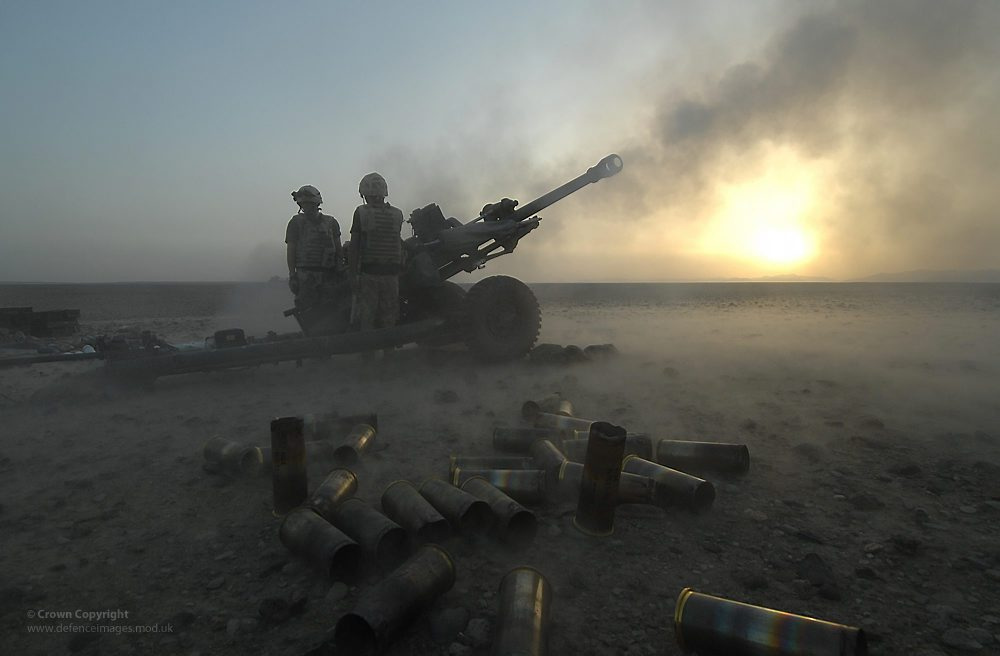
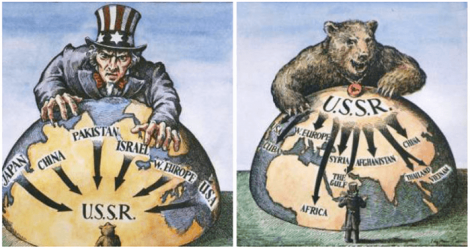
0 Response to "What Theories Explain the End of the Cold War"
Post a Comment